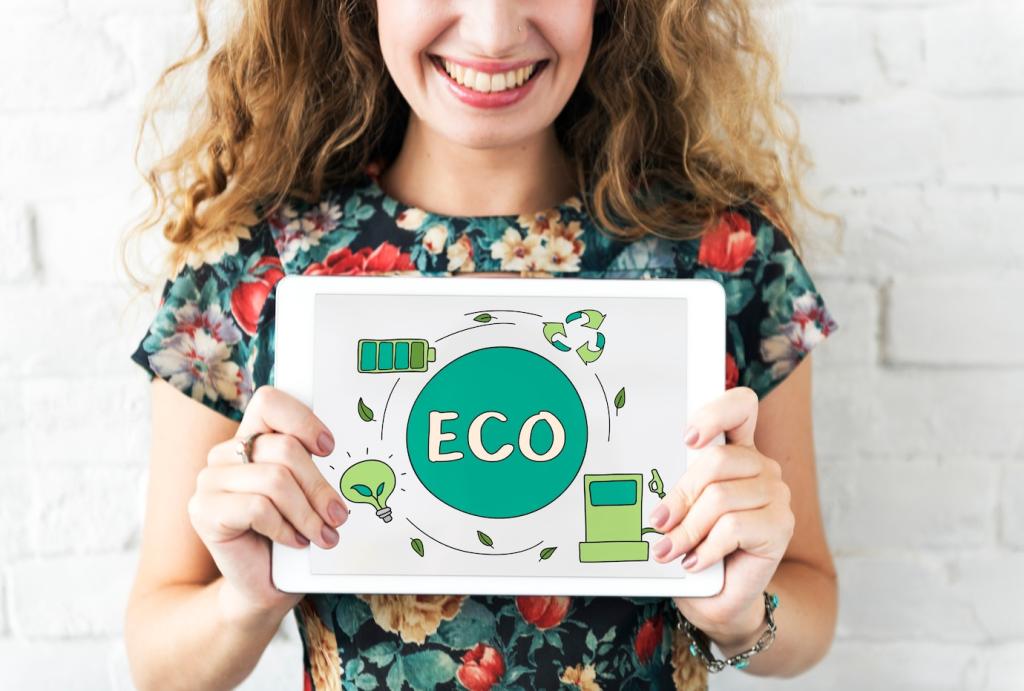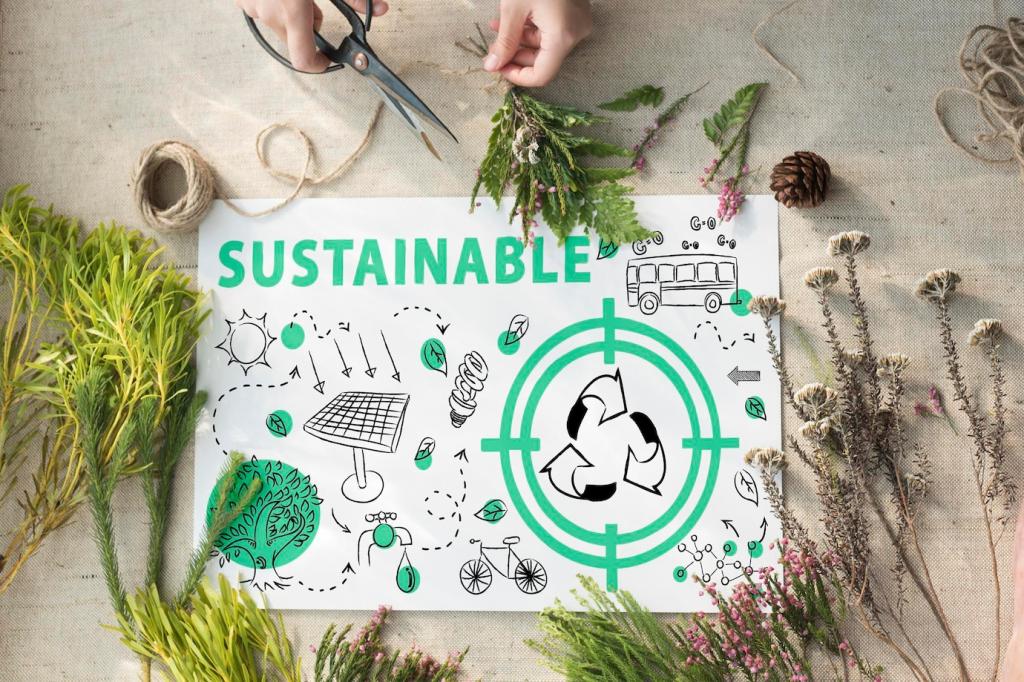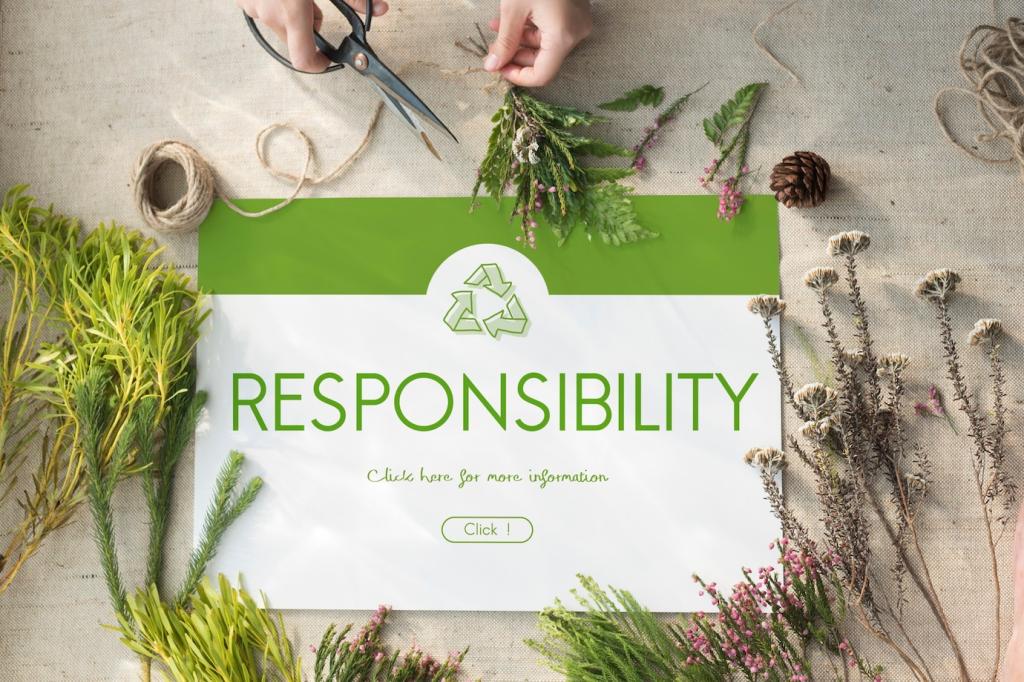Sustainable Storytelling That Feels Real
Sketch the product’s path: farm or mill, manufacturer, and final assembly. Share a small anecdote, like a farmer’s drought-resistant practices that preserved soil during a tough season. Ask readers to share where they would like deeper behind-the-scenes details.
Sustainable Storytelling That Feels Real
Feature workers, designers, or repair technicians with a short quote about quality and care. Respect privacy and dignity. Human stories make eco claims tangible and accountable. Invite the community to submit questions for future maker interviews.











